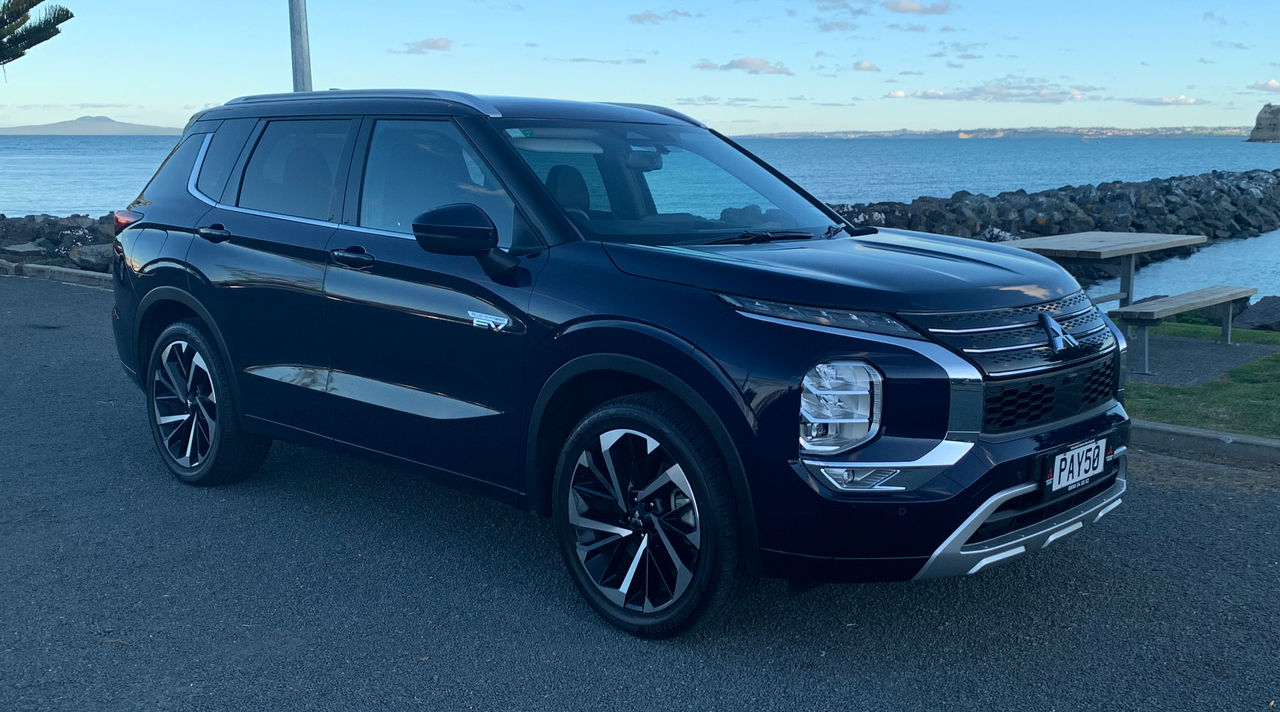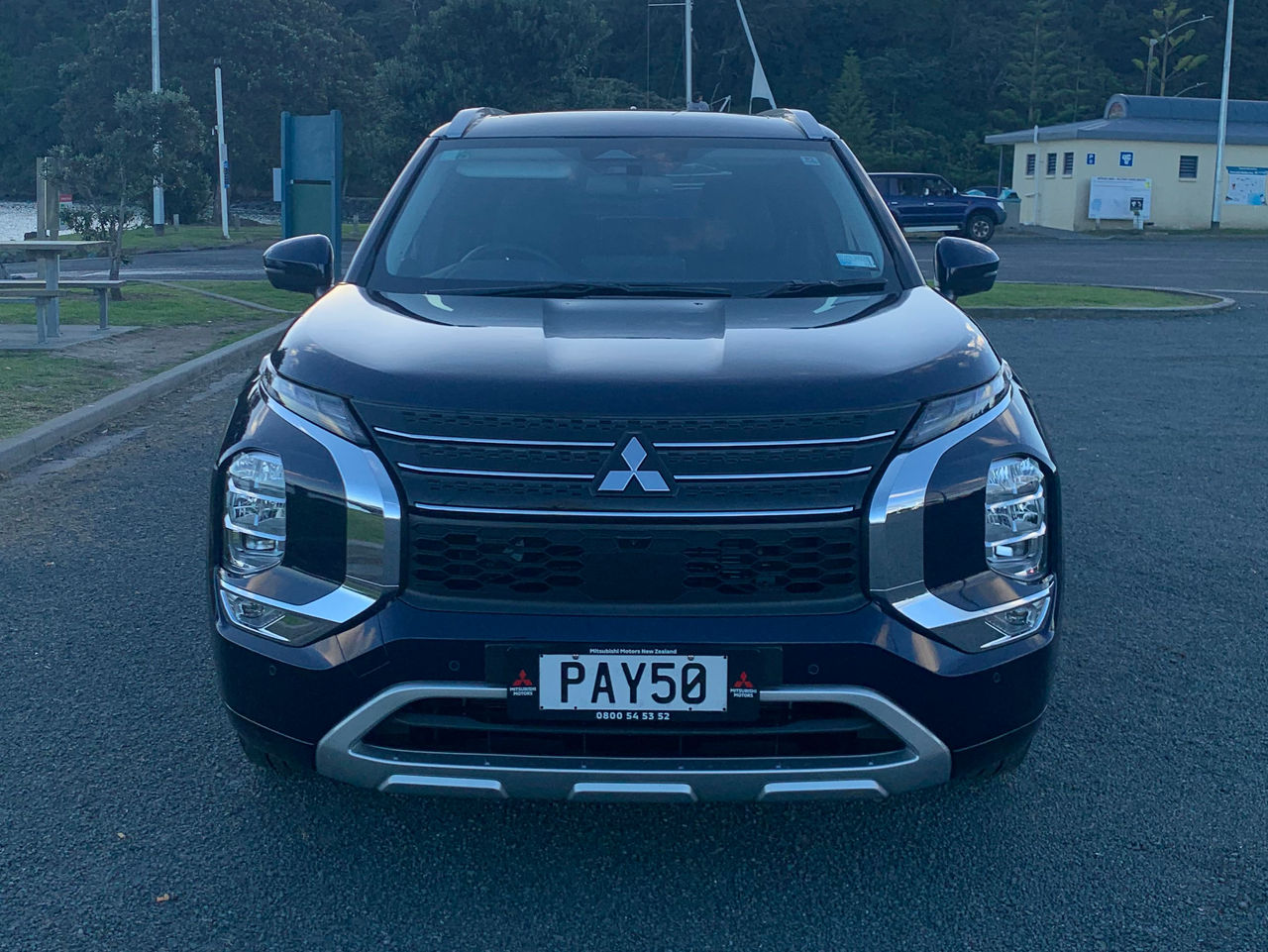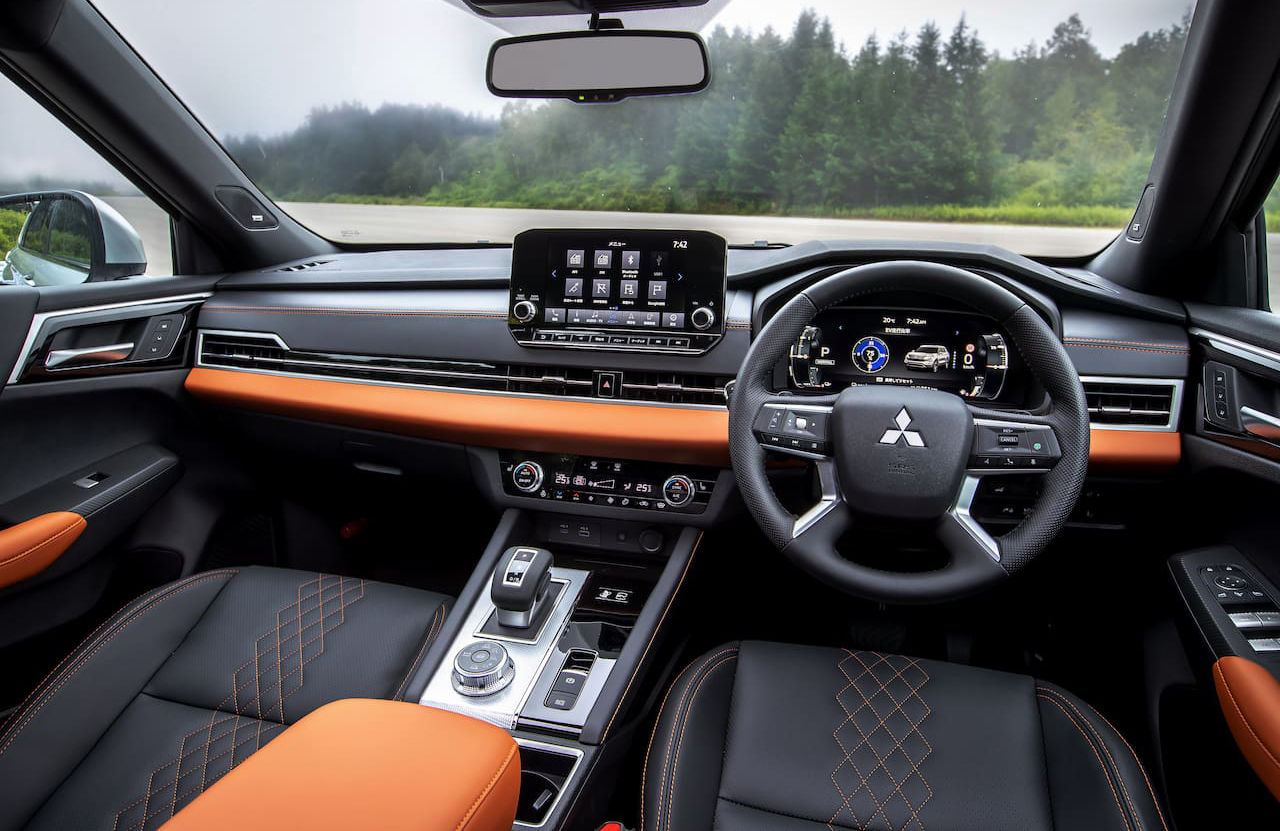
Mitsubishi Outlander VRX 2022 Car Review
The next generation Outlander VRX 2022 brings bigger and bolder styling, and the interior feels noticeably more upmarket and sensible. There are higher quality materials throughout the vehicle, which makes the overall package much more price competitive.








